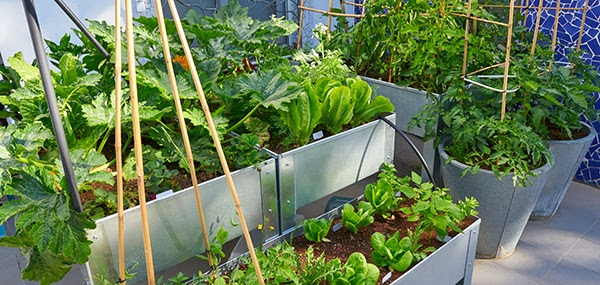| Tips for Gardens Great and Small |
 |
| Like the fabled “Victory Gardens” of WWII before them, urban and backyard vegetable gardens became a vital source of food and purpose for many people last year when world events threw supply chains into disarray. A year has passed, but interest in do-it-yourself food production has remained, and more and more DIYer's are getting into growing their own crops. Your ability to grow fruits, vegetables and a variety of herbs at home depends primarily on just three things: climate zone, space available and your level of commitment. With plenty of warm days ahead, it's not too late to get started on a garden of your own. If you're limited to an indoor garden, consider hearty options like avocados, carrots, microgreens, lemons and scallions. You'll need some large, south-facing windows to have a successful garden. If that's not an option, grow lights and hydroponic kits have become a popular option in recent years as they've become more and more affordable.  For outdoor gardening, the first step is to check local zoning ordinances and/or homeowner's association rules. Then determine your plant hardiness zone to help narrow-in on recommended plants for your area. Like anything else, having a solid plan in place is critical. When it comes to plot-size, people tend to envision lush rows of crops and tilled soils, producing plant after plant of vegetable-producing crops. If you're lucky enough to have such ample space at home, you're limited only by the time and effort you want to expend. If space is scarce, never fear. Urban gardeners have developed innovative ways to garden in small spaces.
However you decide to grow your home-garden, once you've tasted your very first home-grown tomato or finished your first batch of pesto made from your home-grown basil, you'll know the hard work was worth it! |
Comments
Post a Comment